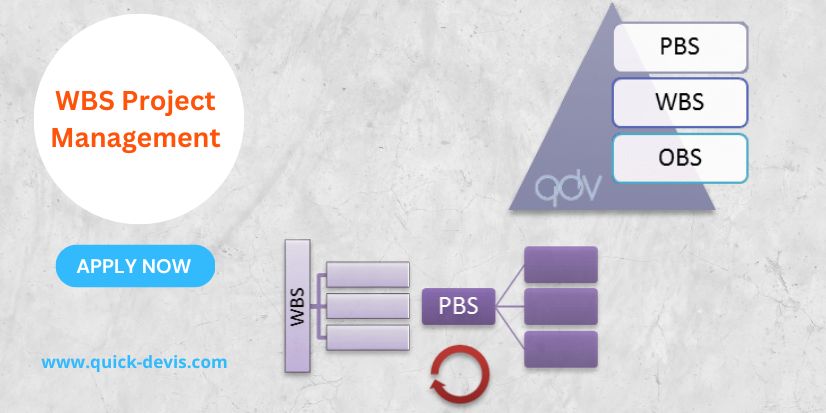Successful project managers always make sure to break down the tasks, milestones, and activities related to the project into chunks that are easy to handle and can be used at work. This will also help everyone on the team know what needs to be done and what needs to be done to get the results that are wanted.
However, there are some problems with the work breakdown structure. Read on to find out what they are, how you can use this at your job, and what you should think about before you use this method. Before we talk about the pros of a work breakdown structure, let’s take a quick look at what it is and how it works.
Work Breakdown Structure’s main benefits:
Most project managers understand and use WBS project management since they were the first people to plan projects. This may not come as a surprise when you think about how having a clear and well-written breakdown of the work structure could help in a few ways. If you want to start using this method at work soon, you should know the following.
1. Productivity goes up:
The work breakdown structure will help you get more done at your job. It makes it easier to figure out what skills you need to finish assignments on time. In fact, that could give the people who need to do the job more drive. Also, it will give the best number of people the motivation they need to finish the work.
2. Has a list of steps:
With the work breakdown structure, team members will be able to see how the steps needed to give the right products and services to all stakeholders are broken down.
The people on the team should be able to see how all of the steps and deliverables fit together. Plus, all the conversations about defining steps can help a lot when it comes to dealing with ambiguities and making them clear, narrowing the scope of projects, and pointing out assumptions that can often lead to bigger problems that can hurt your team’s performance.
3. Makes things more open and accountable:
The structure of the work breakdown will give a lot of details, making it easier for the people in charge of running the projects. It will also help him get to know his team members and hold them accountable for all completed tasks.
This could also be used for the members of the team who have to do with the project manager and their own work. Since this is a two-way street, it could help people communicate better and more effectively.
4. Best for figuring out costs and times:
The work breakdown structure will also make it possible to figure out how much money and time each person with a certain work package will need. These estimates can also help make a better, more realistic schedule and a budget that everyone on the team will stick to. This will boost the morale of the team and its members.
There may be problems, issues, or worries that can be found quickly and dealt with before they cause you to put off your projects all the time.
5. Risk is found in a better way:
One of the best things about a work breakdown structure is that it shows you all the risks and threats you face and makes them less likely. You should keep in mind that increasing risks in your project can’t be completely removed, but they can be reduced so that they pose less of a threat to the team’s success.
6. Speeds up the process of monitoring:
The breakdown of the work structure can also be used to quickly and easily find the deliverables that are affected by any delays in the project or by certain work packages or sub-deliverables.
The better the effects will be, the faster you can find the cause of these delays. Not only that, but you’ll be able to take good steps much more quickly and keep your project from failing. Since all projects can be tracked, team members will be more motivated to do their work and feel more connected to it.
Participating well in the evaluation of WBS will also boost motivation and performance in a much deeper way.





Leave A Comment
You must be logged in to post a comment.